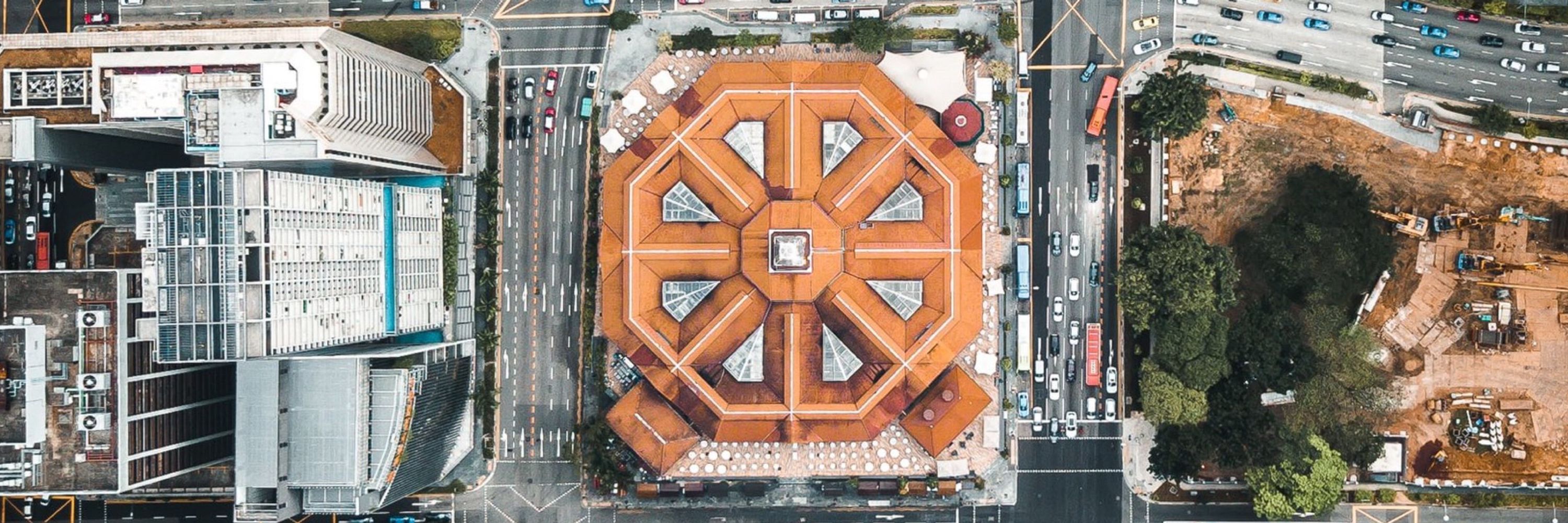DongWon OH | 오동원 | 吳東源
@dongwonoh.bsky.social
490 followers
180 following
91 posts
Asst prof of psychology at the National University of Singapore | he/him
👨🔬 https://dongwonoh.com
🌐 https://oh-lab.com
🔬 @ohlab.bsky.social
Posts
Media
Videos
Starter Packs
Pinned
Reposted by DongWon OH | 오동원 | 吳東源
Reposted by DongWon OH | 오동원 | 吳東源
Reposted by DongWon OH | 오동원 | 吳東源
Reposted by DongWon OH | 오동원 | 吳東源
Reposted by DongWon OH | 오동원 | 吳東源
Reposted by DongWon OH | 오동원 | 吳東源
Reposted by DongWon OH | 오동원 | 吳東源
Reposted by DongWon OH | 오동원 | 吳東源
Reposted by DongWon OH | 오동원 | 吳東源
Reposted by DongWon OH | 오동원 | 吳東源









